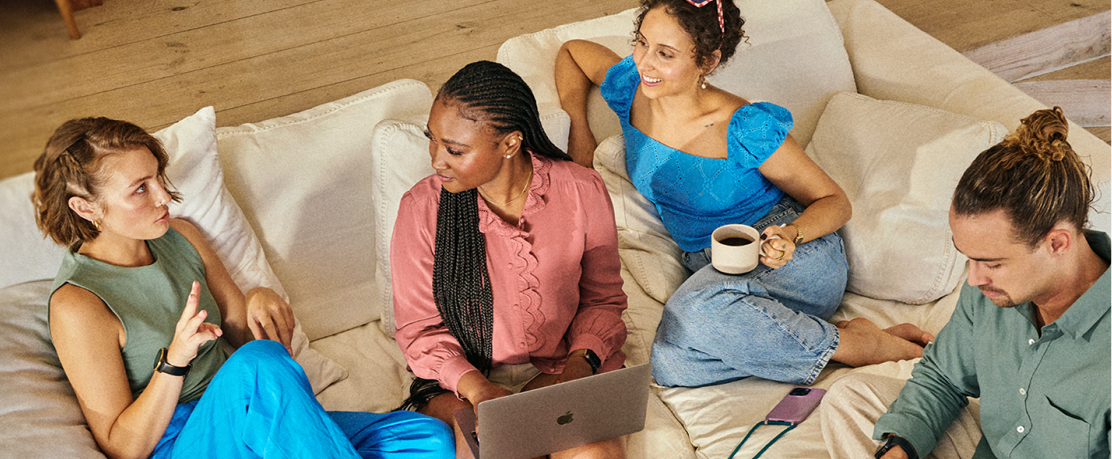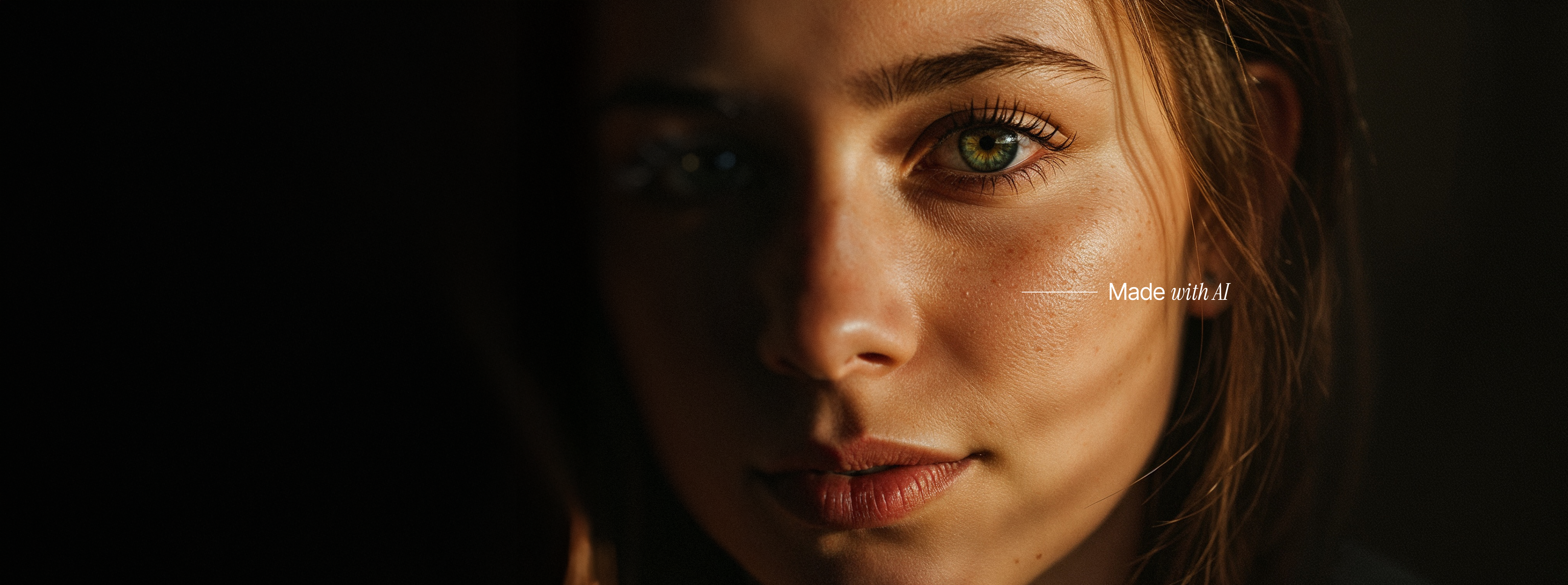Kerning vs Leading vs Tracking: A Comprehensive Guide to Typography

Introduction
Mastering the art of typography can elevate your designs to new heights, but it's not just about choosing the perfect font. Understanding the nuances of kerning, leading, and tracking is what sets a professional designer apart from the rest.
In this comprehensive guide, we'll take you on a journey to explore these essential concepts, compare their differences, and provide helpful tips to make your typographic projects truly stand out. Are you ready to take your typography skills to the next level? Let's dive in!
What is Kerning?
Kerning is the process of adjusting the space between two individual characters in a font to achieve a visually appealing and readable text.
Importance in typography: Kerning plays a significant role in typography for the following reasons:
- It improves the readability of the text, especially in headlines and large font sizes where character spacing is more noticeable.
- It ensures that characters don't appear too close together or too far apart, creating a balanced and harmonious look.
What is Leading?
Leading refers to the vertical space between lines of text in a paragraph, which is essential for maintaining readability and aesthetic appeal in typography.
Importance in typography: Proper leading is important for several reasons:
- It ensures your text is easy to read by preventing lines from being too close together or too far apart.
- It helps maintain a visually balanced layout in a paragraph or an entire page of text.
What is Tracking?
Tracking is the adjustment of the overall spacing between characters in a block of text to create a consistent visual appearance and readability throughout the text.
Importance in typography: The significance of tracking in typography includes:
- Achieving a consistent visual appearance across a paragraph or a larger body of text.
- Enhancing readability by ensuring that character spacing is neither too tight nor too loose.
Kerning vs Leading: A Deeper Dive
Both kerning and leading are essential aspects of typography that impact readability and visual appeal. Let's delve deeper into the differences between these two concepts.
Kerning refers to the adjustment of space between two individual characters in a line of text. It is particularly important when working with large font sizes or headlines, as the spacing between characters becomes more noticeable. In some cases, certain letter pairs (such as 'AV' or 'WA') can create awkward gaps, which can be distracting or difficult to read. Properly adjusting kerning can greatly enhance the readability and appearance of your text.
Why is kerning important?
- Improves the visual appeal of the text by creating a harmonious and balanced appearance
- Enhances readability by avoiding awkward gaps or overly tight spacing between characters
- Fine-tuning kerning can make your design appear more professional and polished
On the other hand, leading is the vertical space between lines of text. It is crucial in ensuring that text is easily read and visually balanced. Leading can be adjusted to create different effects, such as a tight, compact appearance or a more open, airy feel. When working with larger blocks of text, it's essential to strike a balance between too little leading, which can make the text feel cramped, and too much leading, which can make it difficult for the reader's eye to move from one line to the next.
Why is leading important?
- Enhances readability by providing adequate space between lines of text
- Helps maintain visual balance and harmony within paragraphs and blocks of text
- Proper leading can make your design feel more approachable and easier to digest
Kerning vs Tracking: A Deeper Dive
Kerning and tracking are both related to the adjustment of space between characters in typography, but they serve different purposes. Let's examine the differences between kerning and tracking in greater detail.
Kerning involves adjusting the space between two individual characters to improve readability and visual appeal. Kerning is typically used to correct awkward gaps or collisions between specific letter pairs, ensuring a consistent and balanced appearance in your text.
Why is kerning important?
- Enhances readability by preventing awkward gaps or collisions between characters
- Contributes to a polished, professional appearance in your designs
- Allows for fine-tuning of character spacing to achieve the desired visual effect
Tracking, on the other hand, refers to the overall spacing between characters in a block of text. Adjusting tracking can help achieve a consistent appearance and readability throughout a paragraph or larger body of text. Tracking can be used to create different effects, such as a tight, compact look or a more open, spacious feel.
Why is tracking important?
- Impacts the overall readability and appearance of a block of text
- Helps maintain a consistent visual effect throughout your design
- Allows for global adjustments to character spacing for various design purposes
How do I know when to adjust kerning, leading, or tracking?
Adjust kerning when the space between two individual characters looks off, leading when the vertical space between lines of text is too tight or too loose, and tracking when the overall spacing between characters in a block of text appears uneven or unbalanced.
Are kerning, leading, and tracking important for all types of design projects?
Yes, these concepts are important for any design project that involves text, including print, digital, and web design.
What are some tools or techniques to improve kerning, leading, and tracking?
Professional design software like Adobe Illustrator, Photoshop, and InDesign offer various tools and settings to adjust kerning, leading, and tracking. Additionally, practicing and developing a keen eye for balance and consistency in typography is essential for improving these skills.
Common Misconceptions
Kerning, leading, and tracking are the same thing
While kerning, leading, and tracking all relate to the spacing in typography, they serve different purposes and have distinct impacts on the appearance and readability of text.
Automatic kerning is always perfect
Although automatic kerning in design software can be helpful, it's not always perfect. Designers should always review and adjust kerning as needed to achieve the best possible results.
Leading only matters for long blocks of text
While leading is especially important for readability in long blocks of text, it is also essential for maintaining visual balance and harmony in shorter text elements, such as headlines or captions.
Conclusion
Kerning, leading, and tracking play a vital role in creating visually appealing and easy-to-read typography. Understanding the differences between these concepts and knowing when to adjust each will set your designs apart and elevate your skills as a designer. Keep practicing and refining your understanding of these essential elements to produce exceptional typographic projects.







